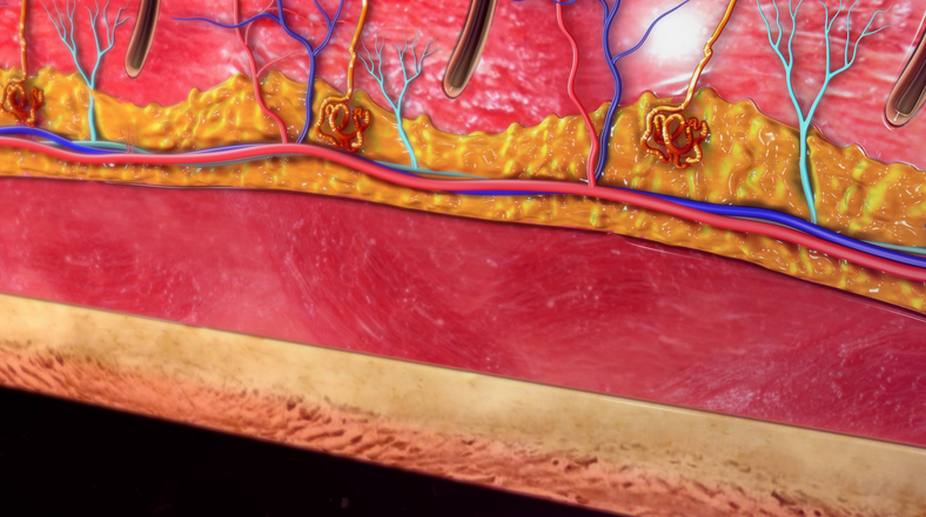Covid-19 infection changes size and stiffness of blood cells: Study
During Covid, blood circulation is often impaired, and dangerous vascular occlusions can occur, and oxygen transport gets limited

Representational image (Photo: Getty Images)
Oxford scientists have developed a new method to 3D-print laboratory-grown cells to form living structures, an advance that may help repair damaged body parts.
The approach could revolutionise regenerative medicine, enabling the production of complex tissues and cartilage that would potentially support, repair or augment diseased and damaged areas of the body, researchers said.
Scientists at the University of Oxford in the UK devised a way to produce tissues in self-contained cells that support the structures to keep their shape.
Advertisement
The cells were contained within protective nanolitre droplets wrapped in a lipid coating that could be assembled, layer-by-layer, into living structures.
Producing printed tissues in this way improves the survival rate of the individual cells, and allowed the team to improve on current techniques by building each tissue one drop at a time to a more favourable resolution.
To be useful, artificial tissues need to be able to mimic the behaviours and functions of the human body, researchers said.
The method enables the fabrication of patterned cellular constructs, which, once fully grown, mimic or potentially enhance natural tissues.
“We were aiming to fabricate three-dimensional living tissues that could display the basic behaviours and physiology found in natural organisms,” said Alexander Graham, scientist at OxSyBio (Oxford Synthetic Biology).
“To date, there are limited examples of printed tissues, which have the complex cellular architecture of native tissues.
“Hence, we focused on designing a high-resolution cell printing platform, from relatively inexpensive components, that could be used to reproducibly produce artificial tissues with appropriate complexity from a range of cells including stem cells,” said Graham.
The research was published in the journal Scientific Reports.
Advertisement